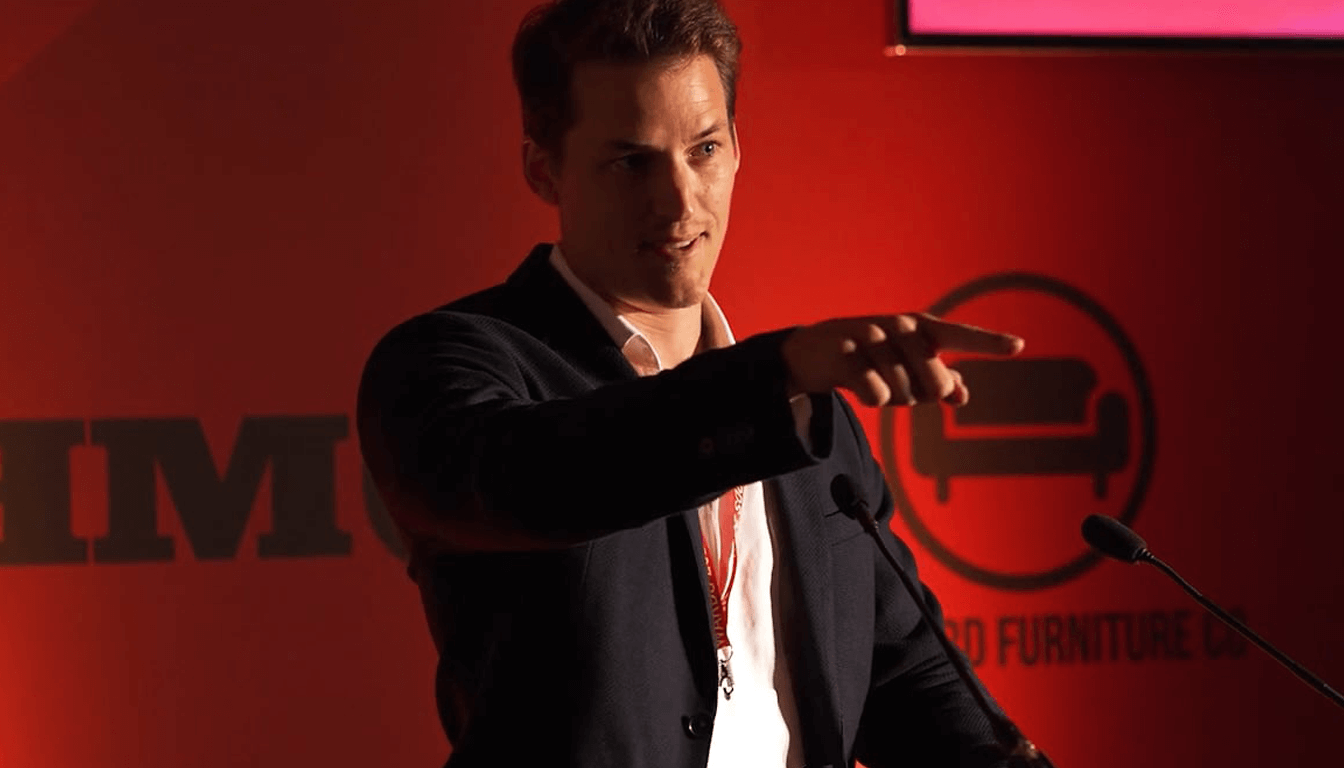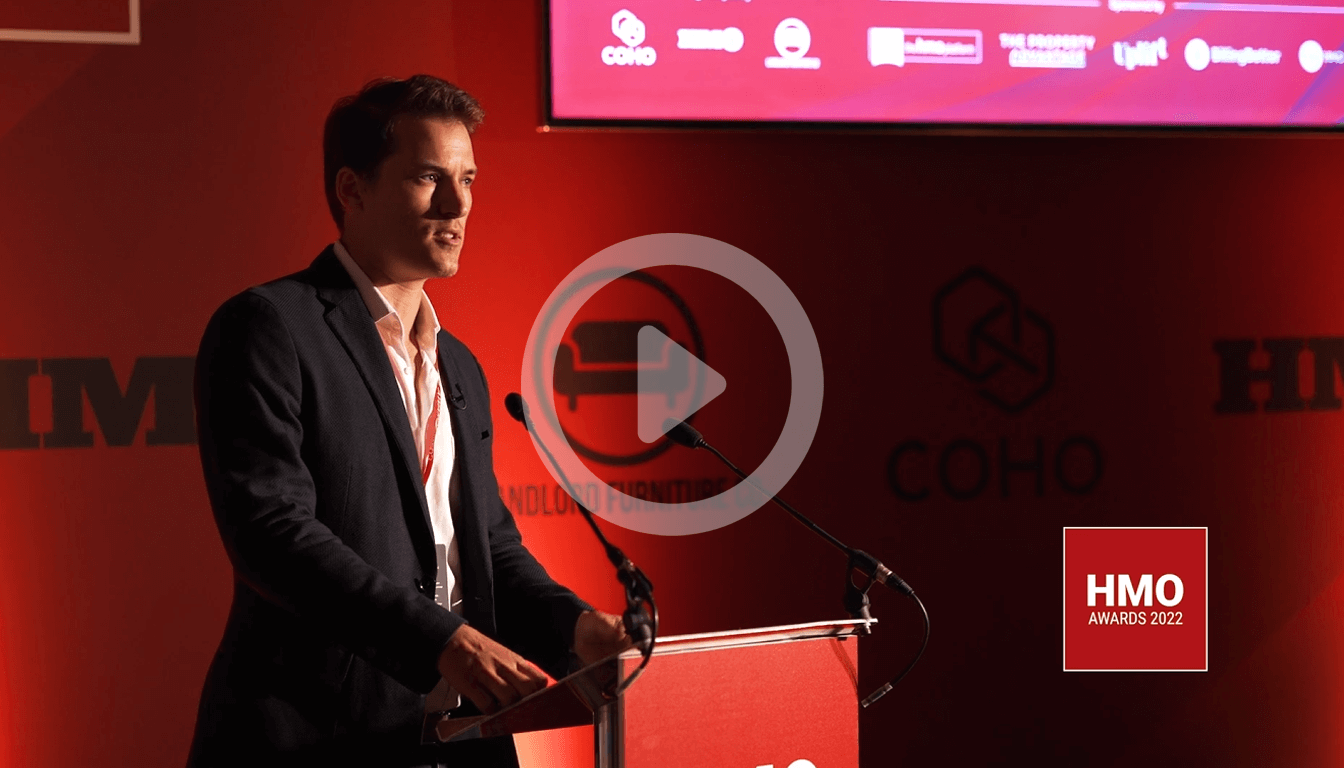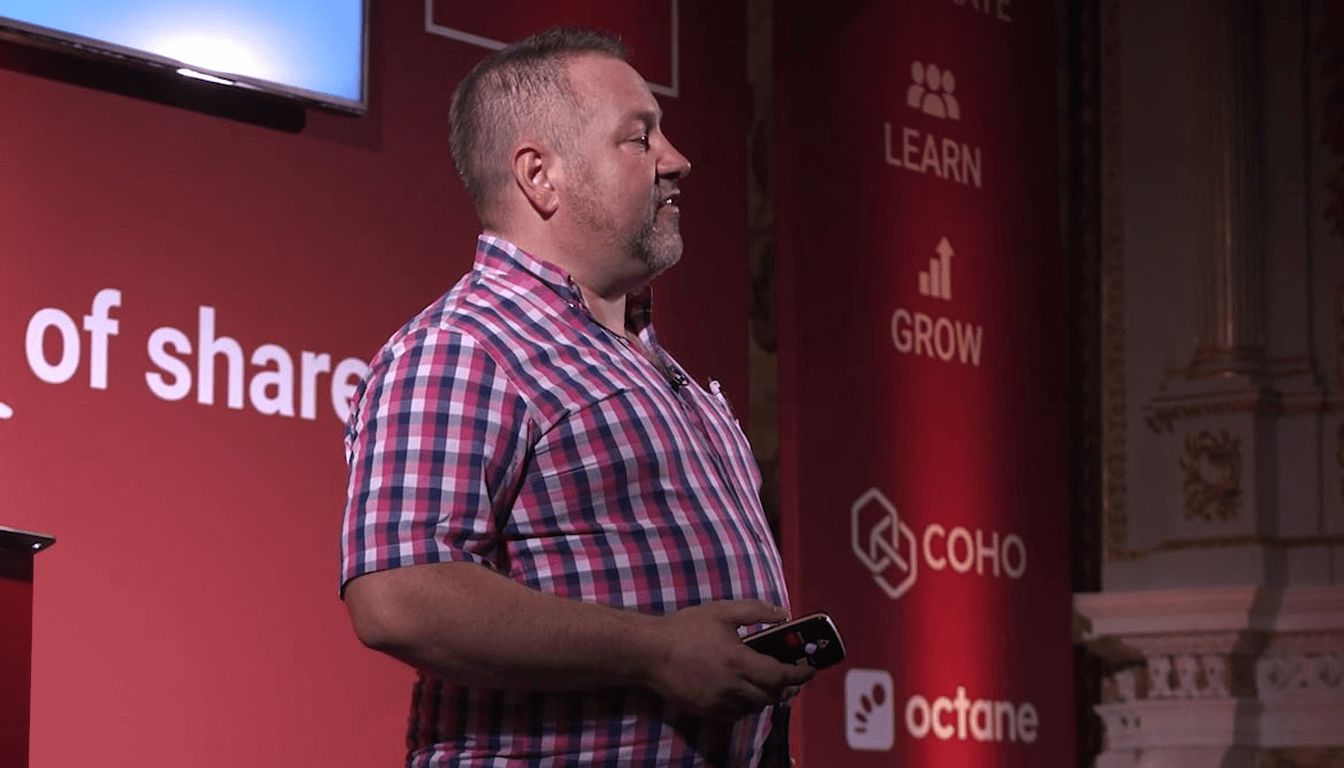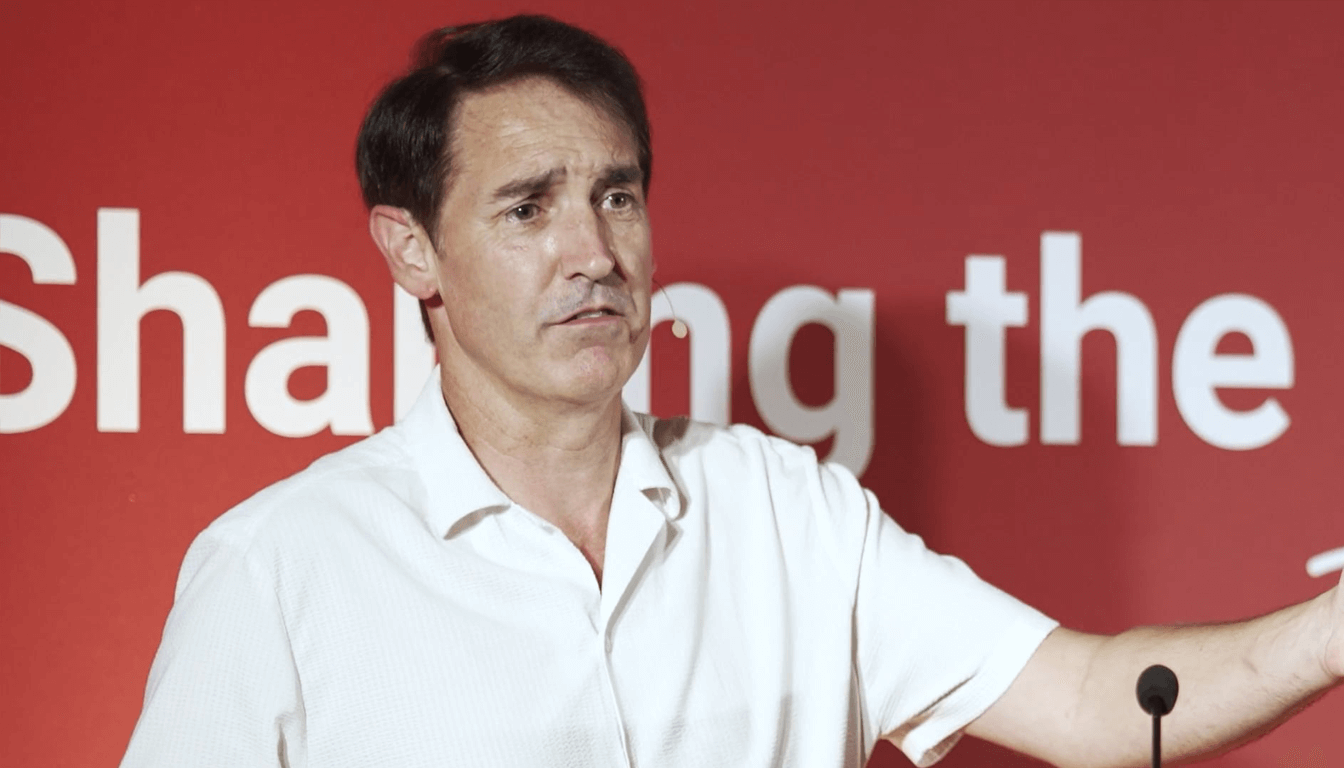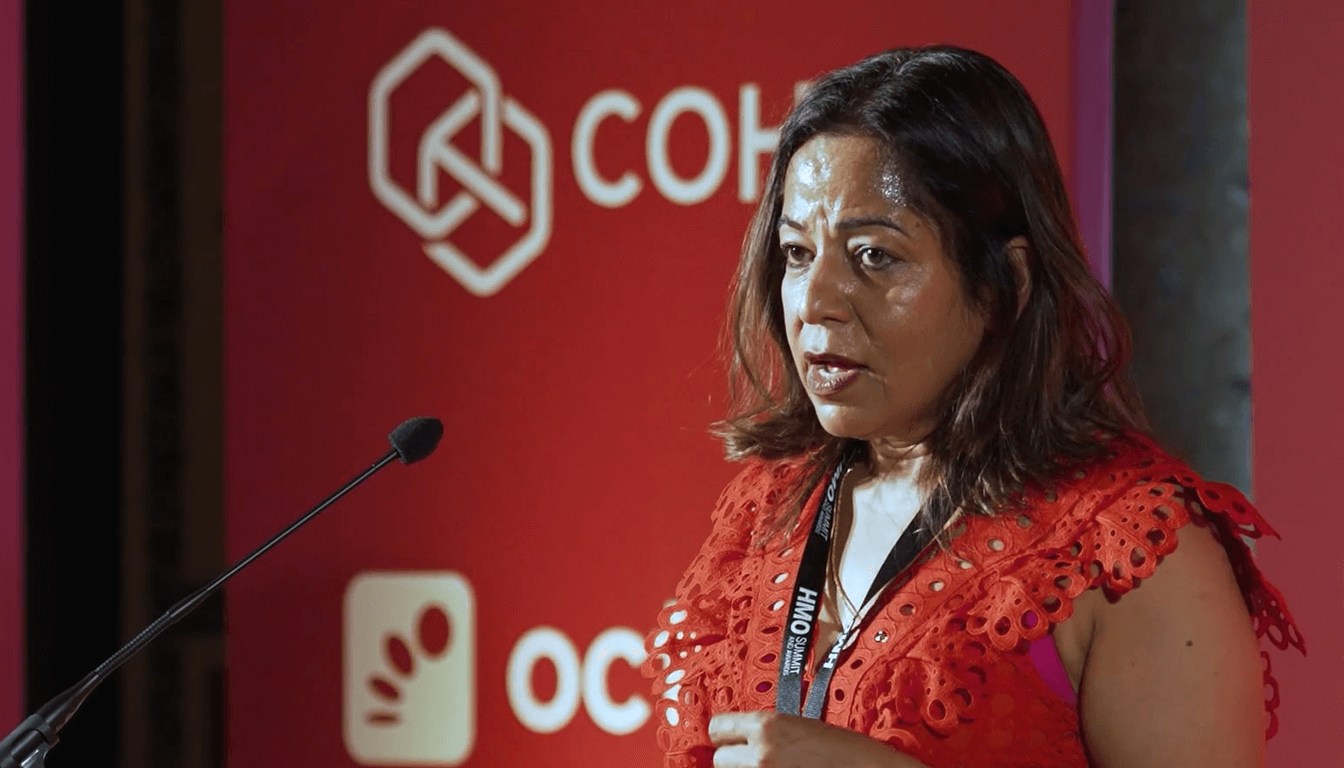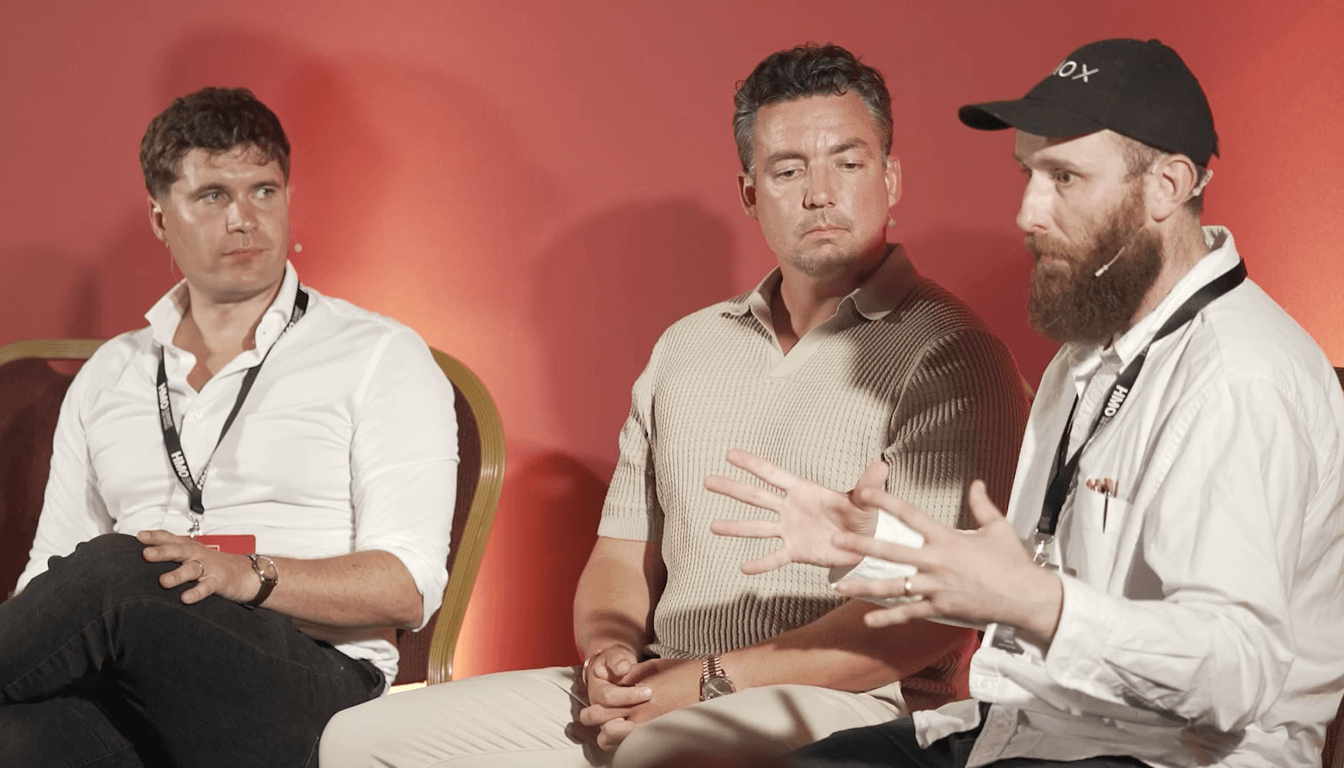Scaling an HMO (House in Multiple Occupation) business from a modest 120 rooms to an impressive 1,200 is no small feat. It demands grit, systems thinking, and a relentless commitment to building not just a business, but a high-performing machine. In this behind-the-scenes look at one operator’s remarkable journey, we explore the foundational lessons that made this scale possible — covering crisis management, team building, operational data, and dealing with difficult people.
Dealing with Difficult People and Unreasonable Stakeholders
Scaling a housing business introduces you to every type of person imaginable. One of the earliest (and toughest) lessons learned was this: not everyone is reasonable. From drunken tenants destroying property to landlords unwilling to fix basic maintenance issues, unreasonable people can derail even the best-intentioned operators.
Early in the journey, one tenant went on a drinking spree, vomited all over the property, and then demanded that the landlord personally clean it up. While outrageous, this anecdote highlighted a broader truth — in the HMO space, logic doesn’t always win. You need systems to protect yourself and your tenants.
Two key tools emerged to manage such chaos: service-level agreements (SLAs) and proactive communication. SLAs formalize response times and authority thresholds, allowing operators to act when landlords delay. Instead of waiting for a pre-authorized spend limit, operators can take action after a defined time window elapses. This avoids tenant dissatisfaction while protecting the operator’s ability to deliver consistent service.
But even more powerful than SLAs is the art of proactive communication. Inspired by the predictability and reassurance of services like Uber, this operator built a culture of updating tenants before they ask. Tenants don’t just want problems solved; they want visibility. Even when things go wrong, if you communicate honestly and promptly, you preserve trust.
Hiring Early, Hiring Right: Why Team Matters More Than Talent
It’s impossible to scale from 120 to 1,200 rooms alone. And yet, many HMO operators delay hiring because of cost fears, uncertainty, and the mental block of trusting someone else with critical tasks.
This founder’s biggest lesson? Hire early. In fact, he says the number one mistake most growing operators make is stretching themselves too thin for too long.
Shifting from an owner-operator to a CEO mindset requires conscious, upfront investment. If you’re planning to scale to 1,000+ units, you can’t wait until you’re underwater to hire leadership roles like a Group Operations Director. By then, it’s too late. Recruiting, onboarding, and transitioning senior hires can take 6–12 months — time you won’t have in the middle of growth.
But hiring isn’t just about headcount; it’s about alignment. In the early days, the founder personally knew every tenant. Letting go of control felt risky, especially when letting agents — great at sales but sometimes selfish — applied. To scale successfully, he learned to hire for values and long-term thinking, not just skills. The result? A 20-person team with deeply aligned goals and a unified mission.
Know Your Numbers Like Your Life Depends on It — Because It Might
The most powerful lesson from scaling to 1,200 rooms? Obsess over your numbers. Everything — from cutting bad properties to surviving COVID — was made possible by meticulous, real-time data. This operation didn’t just track rent roll or cash flow. They measured:
- Profitability per property
- Maintenance costs by unit
- Letting ratios (viewings-to-lettings)
- Close rates per negotiator
- Weekly forecast variance
Why? Because in hard times like COVID, survival depended on it.
At the height of the pandemic, they faced nearly 100 room vacancies and rapidly declining renewals. But thanks to their detailed modeling, they knew exactly how many viewings were needed to hit their letting targets. Even a drop from 5 to 4 viewings per day per negotiator translated into a £17,600 monthly loss. That kind of precision meant they could respond in real time — not guess, but act.
More importantly, this clarity protected their entire ecosystem. They paid 100% of staff salaries, didn’t lay off a single person, and fulfilled all landlord lease obligations. When the market rebounded, they were not just surviving — they were acquiring.
The Bigger Picture: Building with Intent to Scale
Scaling to 1,200 units didn’t happen by accident. It was the result of deliberate systems design, long-term planning, and an unwavering commitment to operational excellence.
Whether it was building trust with landlords through detailed maintenance reports, forecasting based on granular data, or structuring the team like a hospitality company (where the tenant is the customer, not just the landlord), this growth story showcases what’s possible when you treat property as a business — not just an investment.
For aspiring HMO operators, the path is clear: Get ahead of hiring. Fall in love with your spreadsheets. Learn how to communicate like a five-star concierge. And, most importantly, design your business not for where it is today, but for where you want it to be five years from now.
Scaling an HMO (House in Multiple Occupation) business from a modest 120 rooms to an impressive 1,200 is no small feat. It demands grit, systems thinking, and a relentless commitment to building not just a business, but a high-performing machine. In this behind-the-scenes look at one operator’s remarkable journey, we explore the foundational lessons that made this scale possible — covering crisis management, team building, operational data, and dealing with difficult people.
Dealing with Difficult People and Unreasonable Stakeholders
Scaling a housing business introduces you to every type of person imaginable. One of the earliest (and toughest) lessons learned was this: not everyone is reasonable. From drunken tenants destroying property to landlords unwilling to fix basic maintenance issues, unreasonable people can derail even the best-intentioned operators.
Early in the journey, one tenant went on a drinking spree, vomited all over the property, and then demanded that the landlord personally clean it up. While outrageous, this anecdote highlighted a broader truth — in the HMO space, logic doesn’t always win. You need systems to protect yourself and your tenants.
Two key tools emerged to manage such chaos: service-level agreements (SLAs) and proactive communication. SLAs formalize response times and authority thresholds, allowing operators to act when landlords delay. Instead of waiting for a pre-authorized spend limit, operators can take action after a defined time window elapses. This avoids tenant dissatisfaction while protecting the operator’s ability to deliver consistent service.
But even more powerful than SLAs is the art of proactive communication. Inspired by the predictability and reassurance of services like Uber, this operator built a culture of updating tenants before they ask. Tenants don’t just want problems solved; they want visibility. Even when things go wrong, if you communicate honestly and promptly, you preserve trust.
Hiring Early, Hiring Right: Why Team Matters More Than Talent
It’s impossible to scale from 120 to 1,200 rooms alone. And yet, many HMO operators delay hiring because of cost fears, uncertainty, and the mental block of trusting someone else with critical tasks.
This founder’s biggest lesson? Hire early. In fact, he says the number one mistake most growing operators make is stretching themselves too thin for too long.
Shifting from an owner-operator to a CEO mindset requires conscious, upfront investment. If you’re planning to scale to 1,000+ units, you can’t wait until you’re underwater to hire leadership roles like a Group Operations Director. By then, it’s too late. Recruiting, onboarding, and transitioning senior hires can take 6–12 months — time you won’t have in the middle of growth.
But hiring isn’t just about headcount; it’s about alignment. In the early days, the founder personally knew every tenant. Letting go of control felt risky, especially when letting agents — great at sales but sometimes selfish — applied. To scale successfully, he learned to hire for values and long-term thinking, not just skills. The result? A 20-person team with deeply aligned goals and a unified mission.
Know Your Numbers Like Your Life Depends on It — Because It Might
The most powerful lesson from scaling to 1,200 rooms? Obsess over your numbers. Everything — from cutting bad properties to surviving COVID — was made possible by meticulous, real-time data. This operation didn’t just track rent roll or cash flow. They measured:
- Profitability per property
- Maintenance costs by unit
- Letting ratios (viewings-to-lettings)
- Close rates per negotiator
- Weekly forecast variance
Why? Because in hard times like COVID, survival depended on it.
At the height of the pandemic, they faced nearly 100 room vacancies and rapidly declining renewals. But thanks to their detailed modeling, they knew exactly how many viewings were needed to hit their letting targets. Even a drop from 5 to 4 viewings per day per negotiator translated into a £17,600 monthly loss. That kind of precision meant they could respond in real time — not guess, but act.
More importantly, this clarity protected their entire ecosystem. They paid 100% of staff salaries, didn’t lay off a single person, and fulfilled all landlord lease obligations. When the market rebounded, they were not just surviving — they were acquiring.
The Bigger Picture: Building with Intent to Scale
Scaling to 1,200 units didn’t happen by accident. It was the result of deliberate systems design, long-term planning, and an unwavering commitment to operational excellence.
Whether it was building trust with landlords through detailed maintenance reports, forecasting based on granular data, or structuring the team like a hospitality company (where the tenant is the customer, not just the landlord), this growth story showcases what’s possible when you treat property as a business — not just an investment.
For aspiring HMO operators, the path is clear: Get ahead of hiring. Fall in love with your spreadsheets. Learn how to communicate like a five-star concierge. And, most importantly, design your business not for where it is today, but for where you want it to be five years from now.

